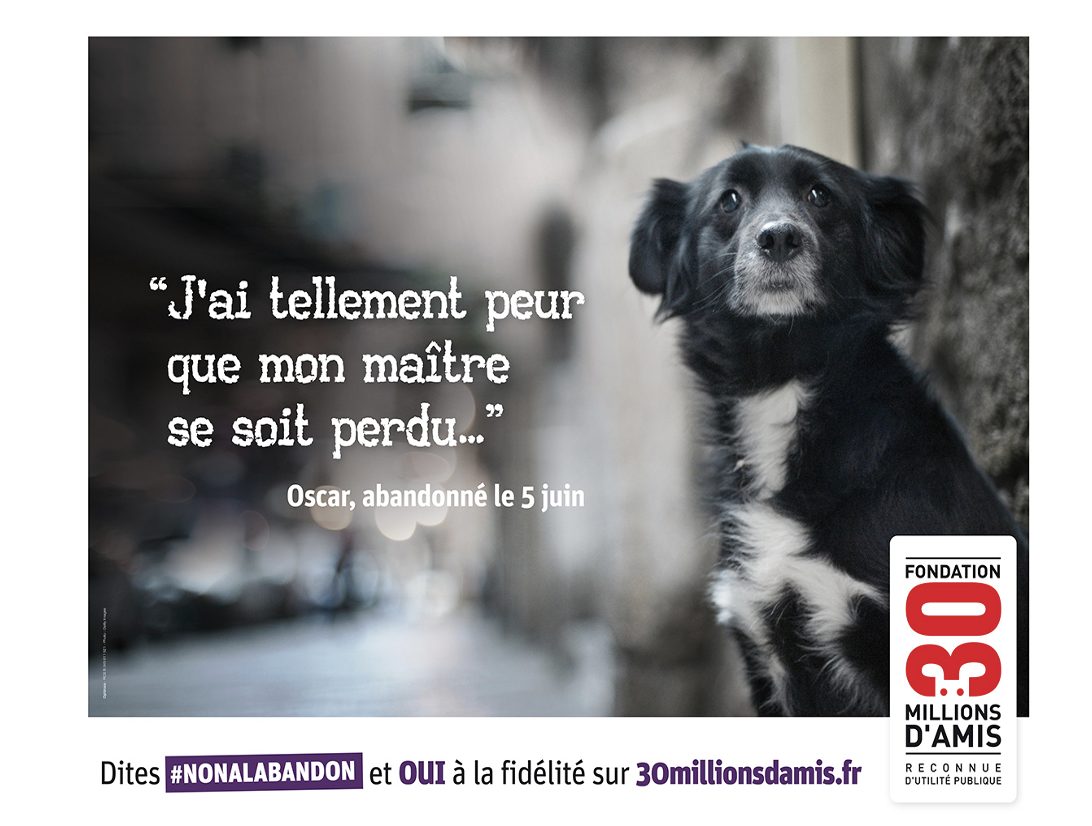Marketing Case File (Marketing)
Pet Food

The CASE FILE series — to which SEMIOVOX has invited our semiotician colleagues from around the world to contribute — shares stories of things we were amazed and amused to learn, whether or not they proved useful to the client.
’Fore I’ll be your dog / I’ll get you way down here / Make you walk the log
Big Joe Williams, ‘Baby Please Don’t Go’
At Semiotic Solutions in the late 1980s, as an academic moonlighting in cultural and communications consultancy, I was briefly landed with the Pet Food brief. Through the mischievous intervention of our PA, Amber, I was soon known as Dog Man. My other main identity marker around the company was a coffee mug the bosses provided for me with a cartoon of some anxious looking sheep and the words: “Happiness is knowing that you’re Welsh”.
I recall nothing about pet food insight or strategy but vividly remember two things from that time.
The first is visiting an R&D site in the countryside, reminiscent of H.G. Wells or The Twilight Zone, where impeccably turned-out kennel maids in patent leather boots emerged from the mist with their pedigree canine chums, who had the slightly dazed and hapless look of English royalty.
The second is learning that the concept of a ‘pet’ or its equivalent existed at that time only in English-speaking countries (elsewhere they were known as ‘house animals’ or some such). And that this liminal ‘pet’ category carried great emotional resonance for the Anglo-Saxons. The Peruvian author Mario Vargas Llosa, his country’s ambassador to UK at the time, remarked that in England, where any spontaneous physical display of affection between people was a rarity, pets were like receptacles for unused human emotion — mobile organic love toilets if you will. (This was before human dog owners were legally obliged to reciprocate by carrying totemic bags of canine excrement around with them).
The other side of this cultural pathology of repression was the use of the word ‘petting’ for Anglophone pre-coital human interaction — measured on a scale from ‘light’ (mouse or gerbil-like) to ‘heavy petting’, up there at the extreme with freaky elephantine or cetacean love. A near imponderable riddle left by one of the first Zen masters to visit England is thought by some Buddhist scholars to contain an oblique analogy: “What starts out like a butterfly on a rosebud and ends up like a bulldog in porridge?”
Years later I experienced a Damascene conversion to biosemiotics. At a conference I asked the prominent biosemiotician Professor Timo Maran about anthropomorphism in representing or thinking about non-human species. Acceptable (as in TV documentaries from my childhood) or taboo (as I later learned)? This was apropos a stunning Parisian billboard ad of the time, for a rescue charity, in which a poignantly photographed dog, Oscar, looked out and the typewritten text gave the date on which he was abandoned — adding that Oscar was beginning to worry that his owner might be lost.
Timo Maran’s advice was to stop worrying about anthropomorphism and fully to embrace zoocentrism, one’s status as an animal and fellowship with all other species. It’s easily done, mind and body blowing — definitely worth giving a shot if you haven’t tried it. It would be a spoiler to go too much here into what follows. Just one thing, watch out meanwhile for people who use any variant of ‘animals’ as a term of abuse for beings they regard as below them. This was a founding trope of environmental degradation and colonialism. Species exceptionalists readily morph into nation or ethnic exceptionalists who think they are chosen by nature, God, manifest destiny, the white man’s burden, you name it… These people are dangerous. They will dehumanize you, steal your stuff, bury you under the rubble given half a chance.
Resist, fellow creatures. Peace and love. Y venceremos.
CASE FILE: Sónia Marques (Portugal) on BIRTHDAY CAKE | Malcolm Evans (Wales) on PET FOOD | Charles Leech (Canada) on HAGIOGRAPHY | Becks Collins (England) on LUXURY WATER | Alfredo Troncoso (Mexico) on LESS IS MORE | Stefania Gogna (Italy) on POST-ANGEL | Mariane Cara (Brazil) on MOTHER-PACKS | Whitney Dunlap-Fowler (USA) on WHERE THE BOYS ARE | Antje Weißenborn (Germany) on KITSCH | Chirag Mediratta (India) on “I WATCH, THEREFORE I AM” | Eugene Gorny (Thailand) on UNDEAD LUXURY | Adelina Vaca (Mexico) on CUBAN WAYS OF SEEING | Lucia Laurent-Neva (England) on DOLPHIN SQUARE | William Liu (China) on SCENT FANTASY | Clio Meurer (Brazil) on CHOCOLATE IDEOLOGY | Samuel Grange (France) on SWAZILAND CONDOMS | Serdar Paktin (Turkey/England) on KÜTUR KÜTUR | Ximena Tobi (Argentina) on SLUM PANDEMIC | Maciej Biedziński (Poland) on YOUTH LEISURE | Josh Glenn (USA) on THE AMERICAN SPIRIT | Martha Arango (Sweden) on M | Chris Arning (England) on X | Peter Glassen (Sweden) on WHEN SHABBY ISN’T CHIC | Joël Lim Du Bois (Malaysia) on RECONSTRUCTION SET | Ramona Lyons (USA) on THE FALL.
Also see these global semio series: MAKING SENSE (Q&As) | SEMIOFEST SESSIONS (monthly mini-conferences) | COVID CODES | SEMIO OBJECTS | COLOR CODEX | DECODER (fictional semioticians) | CASE FILE | PHOTO OP | MEDIA DIET.

